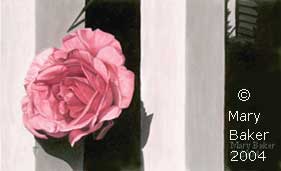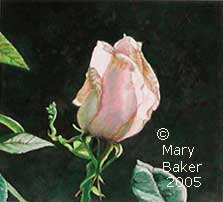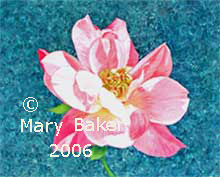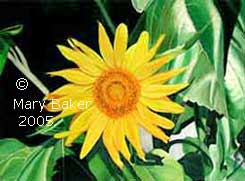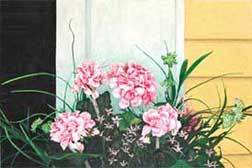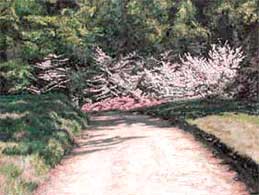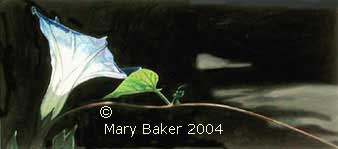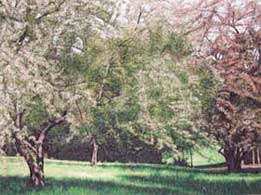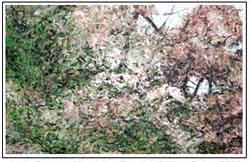Well boys and girls, this recipe is a real keeper and easy, easy, easy and so versatile.
Mexican meals in all sorts of ways.
The Base:
Two onions, chopped and cooked in canola oil until wilted. Add 2 lbs hamburger or a little less, one and a half pounds is good too. A teaspoon of salt for each pound of hamburger and then, depending on how spicy you like it, 1-4 tablespoons (yes, that’s the big spoon) of chili powder. Poke the hamburger to divide it up as much as possible and cook until hamburger is done. Cooking the hamburger should take about 5-10 minutes.
Then add one large can of whole (peeled please) tomatoes. Poke the tomatoes to divide them up too and simmer for 15-20 minutes. And viola, a delicious base Mexican meal base.
All the things you can do with your Mexican base to make all sorts of Mexican meals:
1) Add a can of red pinto beans and yes, viola again, you have chili. Serve straight or over rice (get the “boil a bag rice”, done in 10 minutes and if wrapped in Saran wrap keeps for quite a while and you can make the “boil a bags” in bunches) with shredded Monterey Jack cheese (already shredded in a bag.)
If you have time and want to get real fancy you can add some or all (you can do this with the tacos too) : chopped onions, chopped black olives, sour cream, guacamole, salsa, chopped avocado, salsa.
2) Tacos. Get tacos, again shredded Monterey Jack cheese and chop lettuce and tomatoes. Put together with the meat at the bottom. A little salsa on top is easy and quick too. See above for fancy extras. Quick, quick, quick and so good. And yes, has all the food groups.
3) My favorite, an enchilada casserole. Get large can of enchilada sauce and corn tortillas. In one of those round glass baking dishes, put a little enchilada sauces on the bottom. Put one corn enchilada (basically what you are doing here is making a Mexican lasagna) more sauce to cover enchilada. Put meat base on top and then a good dosing of Monterey Jack cheese.
Cover 2-3 corn tortillas in the enchilada sauce. Put on top. More meat, more Monterey Jack cheese. Last layer, 1-3 tortillas coated in enchilada sauce again, top with rest of the Monterey Jack cheese and drizzle some of that leftover enchilada sauce over it. Cook at 350 for 30-45 minutes or until bubbling. Don’t burn it for goodness sakes.
Top secrete information – let it cool and then serve individual portions. Same principle as “tastes better the next day.”
© Mary Baker, artist who loves really good recipes for Mexican meals.
